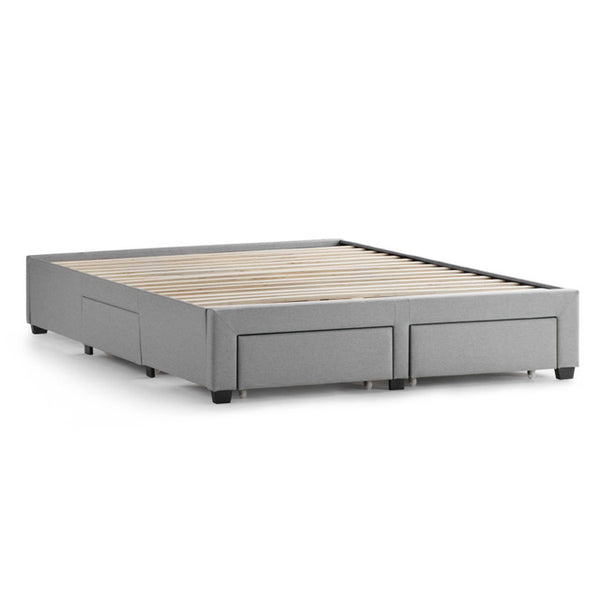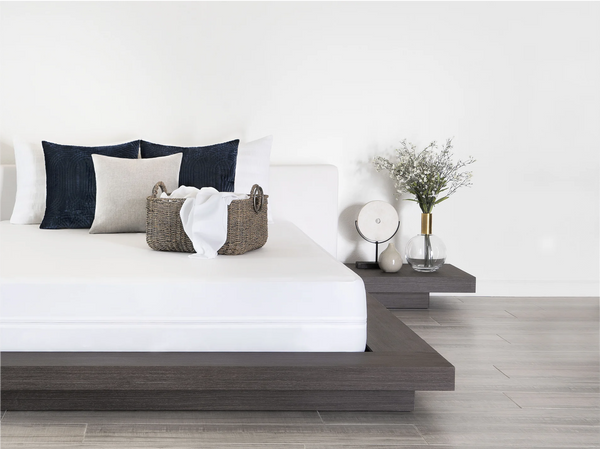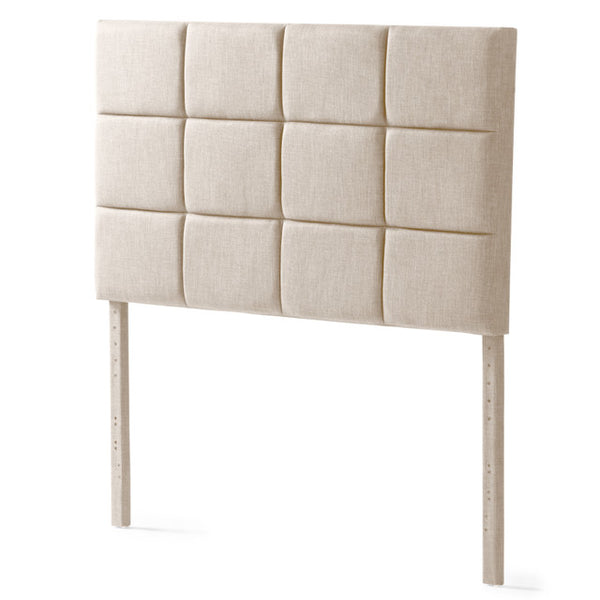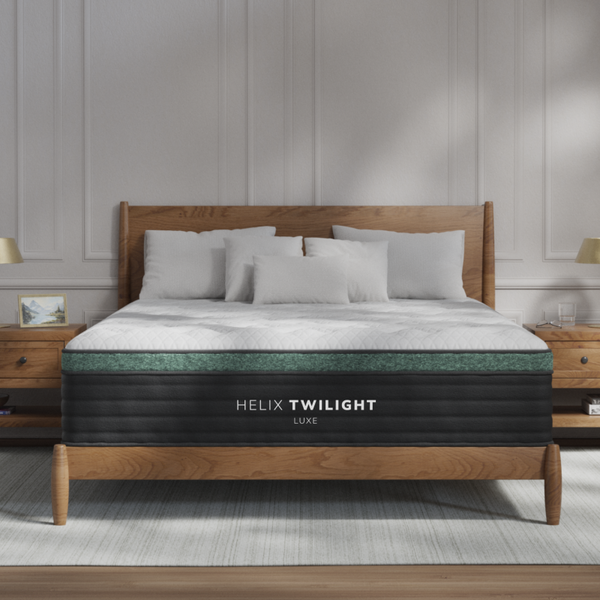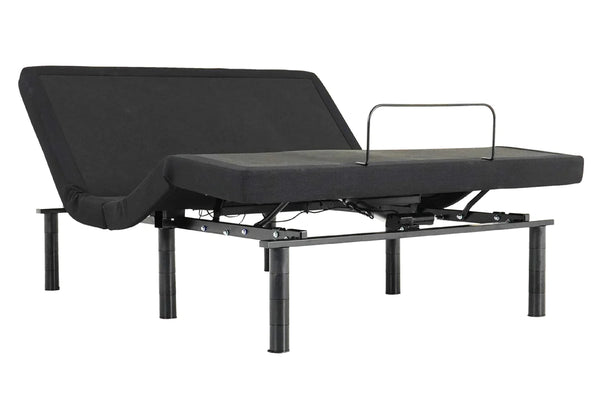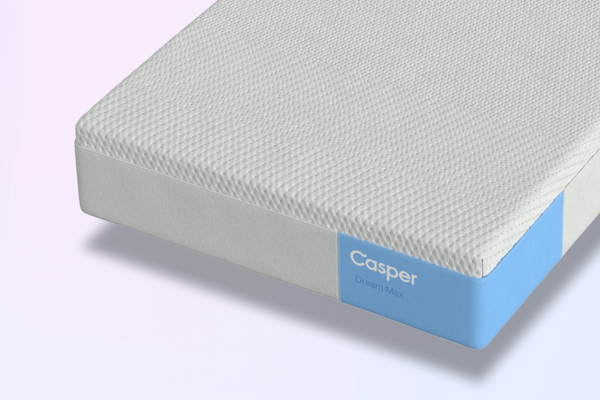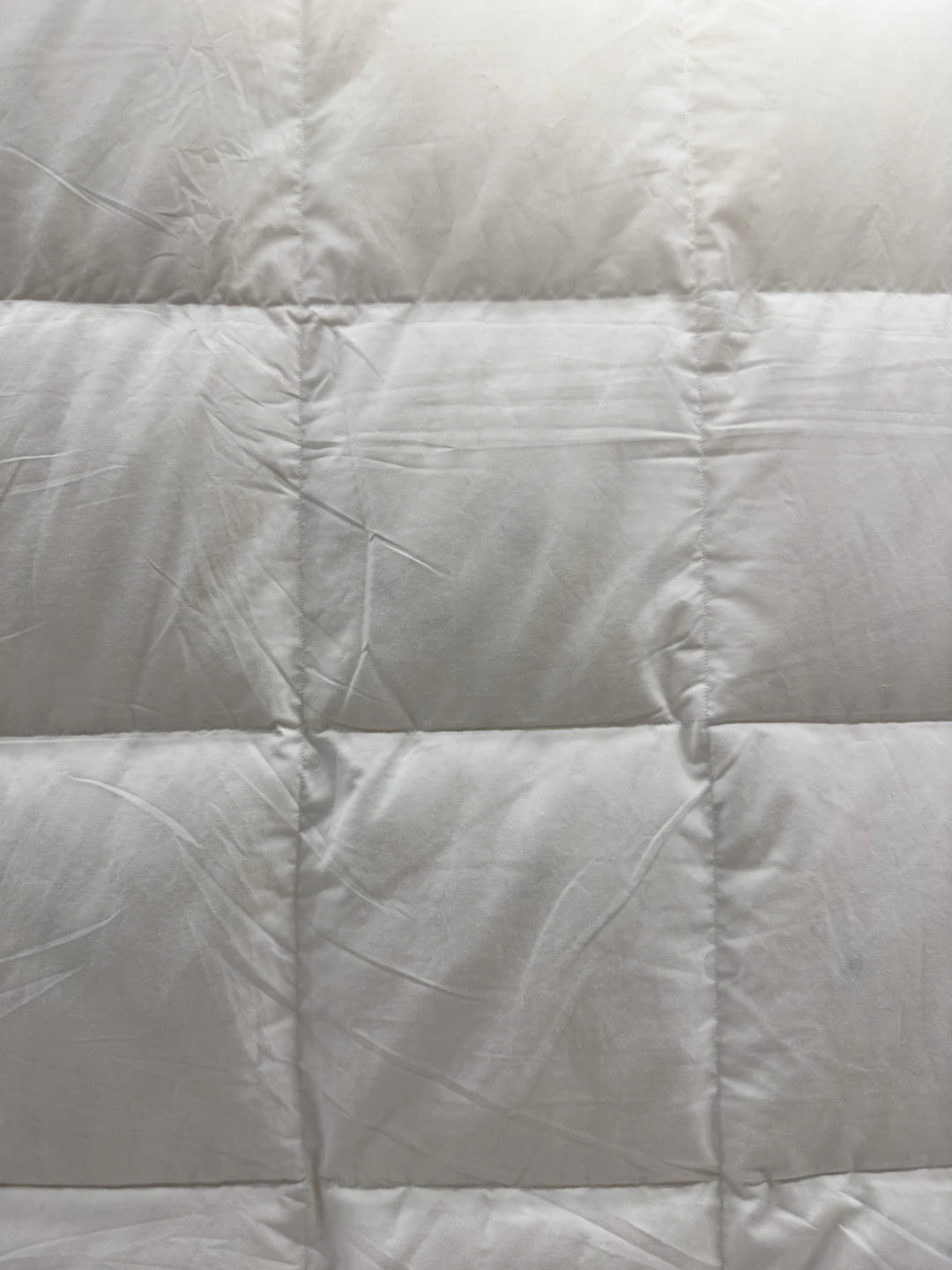
Overview
Mattress ventilation is crucial for regulating temperature, controlling moisture, and improving hygiene, which ultimately enhances sleep quality. Different mattress types vary in ventilation capabilities, with innerspring, latex, and hybrid mattresses generally providing better airflow than memory foam. Signs of inadequate ventilation include overheating, mold, and unpleasant odors. To improve ventilation, consider airing out your mattress, using breathable protectors, adjusting bedding, and elevating your mattress. Prioritizing ventilation can lead to a healthier and more restful sleep environment.
Frequently Asked Questions
1. What is mattress ventilation?
2. Why is mattress ventilation important?
3. What types of mattresses have better ventilation capabilities?
4. How can I tell if my mattress needs better ventilation?
5. What are some ways to improve my mattress's ventilation?
When it comes to achieving a good night’s sleep, many factors come into play, but one aspect that is often overlooked is the ventilation of your mattress. Ventilation plays a crucial role in maintaining the comfort, quality, and longevity of your mattress. Understanding why ventilation is important can help you make informed decisions, resulting in better sleep quality and an overall healthier sleeping environment.
What is Mattress Ventilation?
Mattress ventilation refers to the airflow within and around the mattress. Good ventilation allows air to circulate freely, helping to regulate temperature and moisture levels. This occurs naturally in some mattress materials while others may require additional assistance. The importance of ventilation extends beyond comfort; it also impacts hygiene, durability, and sleep quality.
Why is Ventilation Important?
Temperature Regulation
One of the primary roles of ventilation in a mattress is to help regulate temperature. During the night, your body generates heat, and a well-ventilated mattress can help dissipate it. This means you can avoid overheating, which is one of the leading causes of disturbed sleep. A cooler sleep environment enhances comfort and helps you achieve the restful sleep you need.
Moisture Control
Another key benefit of mattress ventilation is moisture control. As you sleep, your body also emits moisture through sweat. Mattresses that lack sufficient ventilation can trap humidity, leading to an uncomfortable sleep experience and creating a breeding ground for allergens, dust mites, and mold. Proper ventilation keeps your mattress dry and fresh, ensuring a healthier sleep space.
Improved Hygiene
The health of your mattress significantly impacts your overall well-being. Good ventilation helps eliminate odors and prevents the growth of bacteria and fungi. This not only prolongs the life of your mattress but also contributes to better sleep quality. By choosing a mattress with proper ventilation, you're investing in a cleaner, healthier sleeping environment.
Types of Mattresses and Their Ventilation Capabilities
When considering a mattress purchase, it's crucial to understand how different materials affect ventilation. Here’s a look at some common mattress types and their ventilation abilities:
Innerspring Mattresses
Innerspring mattresses tend to provide better airflow compared to other materials due to their coil systems. These coils create space for air to flow through, making them a great option for those who tend to sleep hot. However, the level of ventilation can vary depending on the foam layers used on top.
Memory Foam Mattresses
While memory foam mattresses are known for their comfort and support, they can trap heat and moisture. To combat this issue, many manufacturers now infuse memory foam with cooling gel or create open-cell structures to improve airflow. If you choose a memory foam mattress, look for features that enhance ventilation.
Latex Mattresses
Latex mattresses, crafted from natural or synthetic latex, generally offer excellent ventilation. The naturally bouncy and resilient material allows air to flow freely, keeping you cool during the night. Additionally, many latex mattresses come with pinholes or channels in the design to further promote airflow.
Hybrid Mattresses
Hybrid mattresses combine the benefits of innerspring and foam layers, offering both support and comfort. Because they often incorporate coil systems, hybrids typically provide good ventilation. When selecting a hybrid mattress, consider how the foam layers integrate with the support system to ensure optimal airflow.
Signs Your Mattress Needs Better Ventilation
Identifying whether your mattress has adequate ventilation can sometimes be challenging. Here are some signs that indicate a lack of ventilation:
- Overheating: If you consistently wake up feeling hot and sweaty, your mattress may not allow enough airflow.
- Mold or Mildew: If you notice a musty smell or signs of mold, it’s a sure indication that moisture is trapped in your mattress.
- Odors: Prolonged moisture retention can lead to unpleasant odors, indicating a hygiene issue.
- Uncomfortable Sleeping Conditions: If you frequently wake up feeling uncomfortable, it could be due to inadequate ventilation.
How to Improve Mattress Ventilation
If you’ve identified ventilation issues with your mattress, don’t worry; there are several ways to improve airflow and restore comfort:
Air It Out
Regularly airing out your mattress can significantly improve ventilation. Remove it from the bed frame and lay it in a well-ventilated room for a few hours. This allows any trapped moisture or heat to escape, refreshing your mattress.
Use a Mattress Protector
Investing in a breathable mattress protector can enhance ventilation significantly. Look for protectors made from natural materials like cotton or bamboo, as these promote airflow and wick away moisture.
Adjust Your Bedding
The type of bedding you use can also impact ventilation. Choose lightweight, breathable sheets and blankets made from natural fibers. Avoid heavy bedding that can trap heat and moisture.
Elevate Your Mattress
Using a slatted bed frame can improve airflow under the mattress, allowing it to breathe better. Avoid solid platforms or box springs that can restrict airflow.
Choosing the Right Mattress for Better Ventilation
When it comes time to purchase a new mattress, consider these factors for improved ventilation:
- Material: Opt for mattresses made with naturally breathable materials. Latex and hybrid options often provide the best airflow.
- Design: Choose mattresses with built-in airflow technology or those designed with perforations and channels for better ventilation.
- Trial Period: Look for retailers that offer trial periods. This allows you to assess the mattress's ventilation in real-life sleeping conditions.
The Link Between Sleep Quality and Ventilation
Mattress ventilation directly correlates with sleep quality. A well-ventilated mattress not only keeps you comfortable but also prevents disturbances due to temperature fluctuations or allergens. The result? Deeper, more restorative sleep that refreshes your body and mind.
The Final Word on Ventilation
Understanding the importance of mattress ventilation is the first step toward optimizing your sleep experience. By recognizing how ventilation affects aspects such as temperature regulation, moisture control, hygiene, and ultimately your sleep quality, you can make a more informed decision about your mattress. Whether you’re considering a new mattress or seeking ways to enhance your current one, prioritizing ventilation will make a significant difference in your sleep health. Embrace the power of airflow for a better night's rest!

